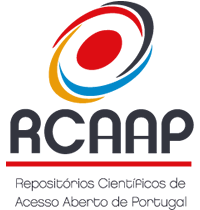Experimental and numerical study applied to the limestone dissolution in flue gas desulfurization
Keywords:
Calcário, Dissolução, Reatividade, Dessulfurização úmida, Gás de combustãoAbstract
Wet FGD technologies account for around 87% of FGD systems worldwide (SOUD, 2000), particularly that which u ses limestone as the absorbent reagent. This technique is widely used in large thermal power stations. The limestone reactivity is one of the parameters that most influence the yield of the FGD process. To evaluate limestone reactivity experiments were conducted in one agitated batch reactor, with pH and temperature control and CO2 sparging. With the aim of improving the design and operation of desulfurization units, many studies have been carried out to investigate the rate of limestone dissolution. This proposed model considers the grain-sized distribution of particles, composition and pH of the liquid phase. This model was validated with experimental results, allowing predicting limestone dissolution kinetics in acid pH, with a maximum error of 18%.Downloads
Download data is not yet available.
Downloads
Published
2010-12-01
How to Cite
Santos, F. B. F., Barrero, F. V., Souza, A. A. U. de, & Souza, S. M. A. G. U. (2010). Experimental and numerical study applied to the limestone dissolution in flue gas desulfurization. VETOR - Journal of Exact Sciences and Engineering, 17(2), 5–22. Retrieved from https://periodicos.furg.br/vetor/article/view/1671
Issue
Section
Articles












